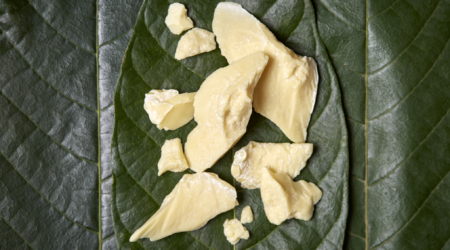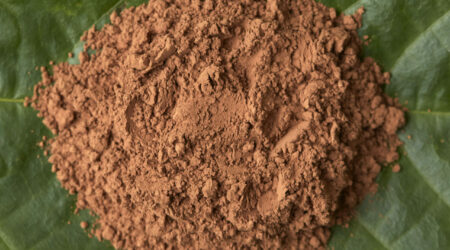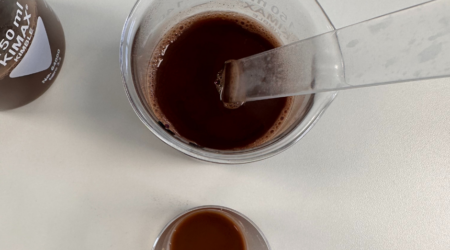The Essence of Cacao Butter
Cacao butter is a vital ingredient in the world of chocolate, and its quality can significantly impact the final product. Cacao butter, also known as cocoa butter, is a pure, edible vegetable fat derived from cacao beans. It plays a pivotal role in the creation of chocolate, as one of the primary ingredients alongside cacao solids and sugars. Cacao butter lends chocolate its smooth texture, snap, and melt-in-your-mouth quality. It’s the ingredient that allows chocolate to beautifully melt at body temperature, delivering that luscious, creamy sensation we all adore.
In the realm of chocolate making, cacao butter is the unsung hero, often overshadowed by its more celebrated counterparts. This exquisite ingredient comprises over 50% of the cocoa bean’s composition, and its significance transcends mere functionality. The quality of cocoa butter is intrinsically linked to the quality of the cocoa bean, making it a cornerstone in the creation of the most exquisite chocolate bars.
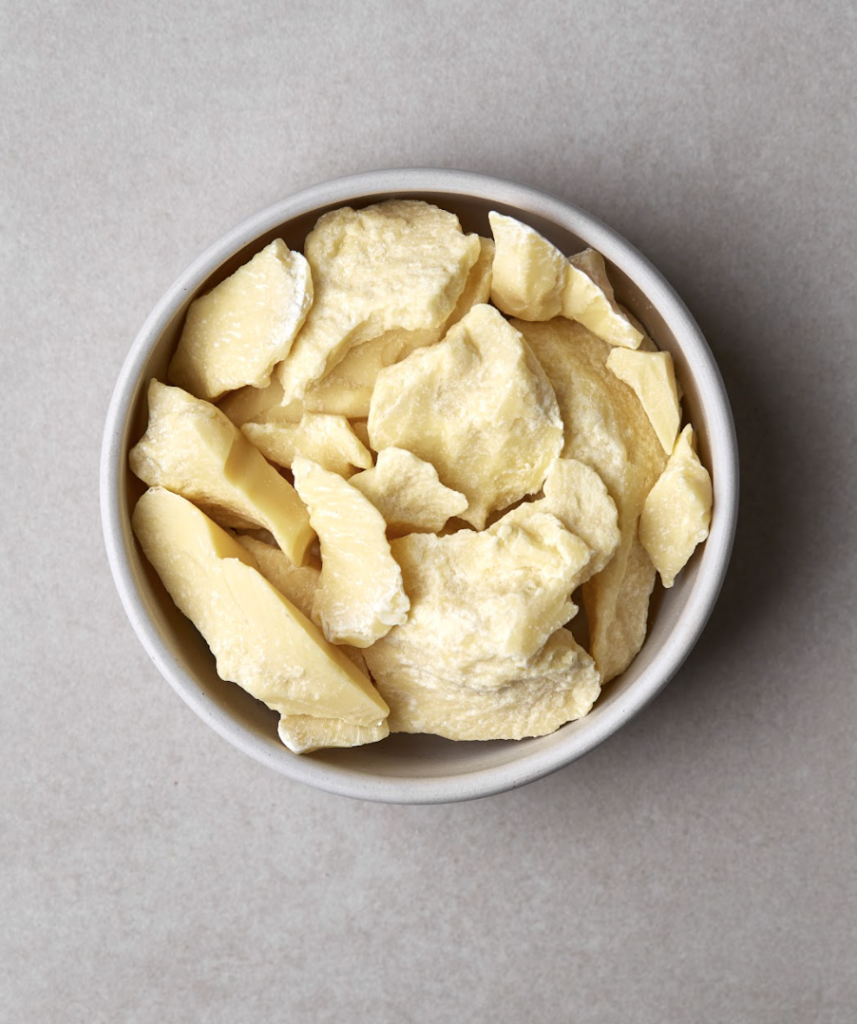
Natural Beauty
Natural cocoa butter is a treasure trove of flavours and aromas, encapsulating the very essence of the cocoa bean. It’s a remarkable fact that more than just a structural component, this butter carries the soul of the bean itself. As it constitutes such a significant portion of the bean, its quality is inextricably tied to the overall quality of the cocoa.
When we speak of the best cocoa butter, it invariably originates from the finest cocoa beans. This harmony between the beans and their butter births chocolate bars that transcend the ordinary, offering an extraordinary taste experience. It’s a symphony of flavours that only natural cocoa butter can orchestrate, resulting in the creation of the most exceptional chocolate bars.
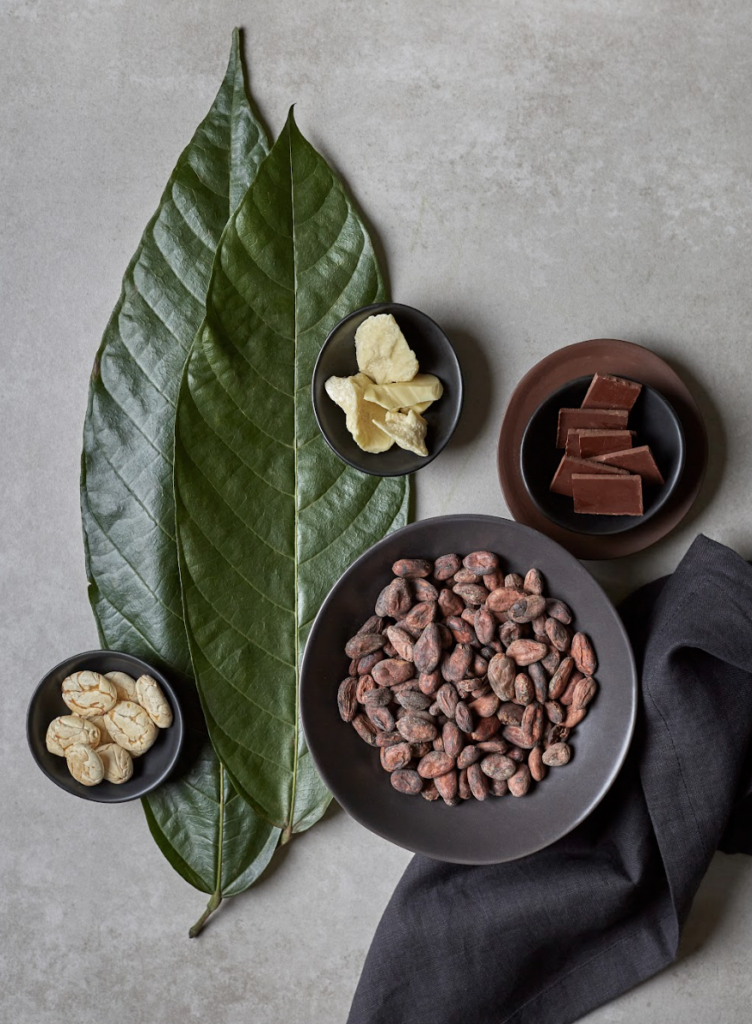
The Significance of Traceability in Cacao Butter
When it comes to sourcing cacao butter, traceability is a term that holds immense importance. It means being able to trace the origins of the cacao beans used to create the butter and understanding their journey from the farm to your chocolate production facility. Here’s why traceability matters:
Quality Control
Just like with cacao beans, traceability in cacao butter allows you to maintain a tight grip on quality control. You can ensure that the beans used for butter production meet your standards in terms of flavour, aroma, and overall quality.
Transparency and Ethics
Traceability in cacao butter production promotes transparency in the supply chain. It enables you to ensure ethical and sustainable practices are upheld, from the treatment of farmers to environmental sustainability.
Consistency and Flavour
When opting for deodorised cocoa butter sourced from industrial production lines, it’s crucial to recognise its lack of traceability and the importance of considering both the choice of butter and the origin of the beans used in its production, especially if a more serious approach to sourcing is desired. By knowing the origin of your cacao beans and their unique flavour profiles, you can select cacao butter that complements the flavour notes you want to highlight in your chocolate. This traceability contributes to the consistency of your product and allows you to craft chocolates with distinct flavour profiles.
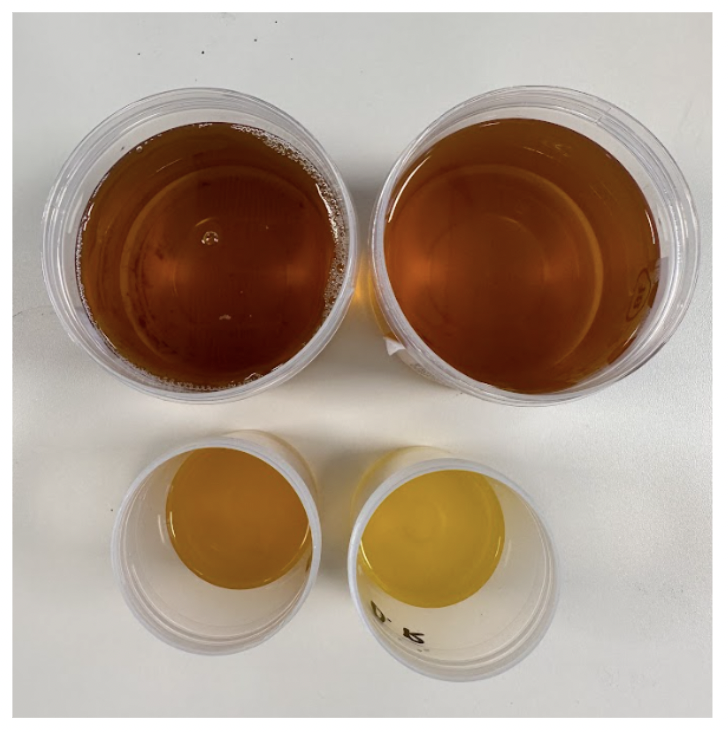
Consumer Trust
In today’s conscientious market, consumers value transparency and ethical sourcing. Being able to provide traceability information on your cacao butter not only builds trust but also appeals to customers who are looking for responsibly sourced chocolate products.
Supporting Sustainable Farming
Traceability initiatives often go hand in hand with efforts to support small-scale cacao farmers. By sourcing traceable cacao butter, you’re contributing to the betterment of farming communities and the longevity of the cacao industry.
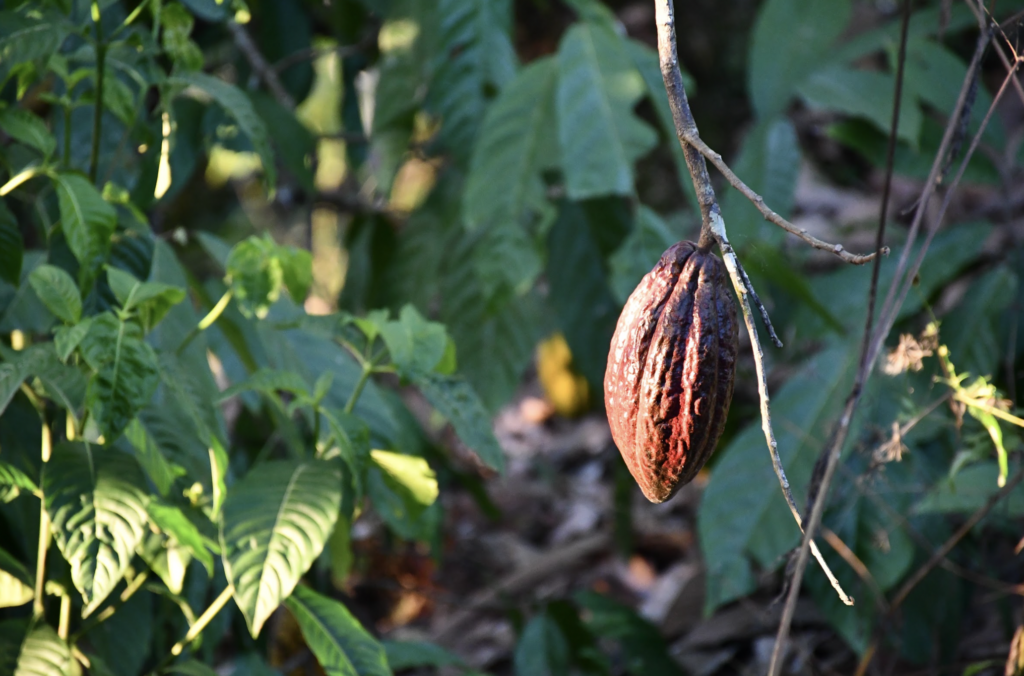
Our Traceable Organic Dominican Republic Barrancoli Natural Butter
This cocoa butter is made from carefully selected cacao beans grown in the Duarte province in the Dominican Republic by our local partner Cacao del Bosque. The traceability of its origin ensures that you are getting a premium product with a story behind it and strong positive impact.
The Cacao del Bosque initiative was born a few years ago from the visionary ambition of Charles Kershner, a determined conservationist and former biologist of the United States, to preserve a valuable area near the Quita Espuela National Park in the north of the Dominican Republic.
His innovative strategy involved encouraging farmers, cattle ranchers, and large landowners to adopt eco-responsible practices by planting cocoa trees to protect the forest instead of clearing it for grazing or timber exploitation. Today, the innovative approach of Charles has proven its effectiveness and is being replicated in the surrounding areas. It has engaged more neighboring farmers from communities surrounding the Loma Guaconejo, Loma Quita Espuela, and Salcedoa Scientific Reserves. The cocoa they produce is called “Zorzal Comunitario.”
The Zorzal project is a model of sustainable development that promotes the preservation of tropical forests through agroforestry. Additionally, it creates an ideal habitat for birds. The planted vegetation provides shelter and food for numerous species, contributing to the conservation of avian biodiversity.
Specifically, it aims to protect the endemic bird Bicknell’s Thrush, known as “Zorzal” in Spanish.


